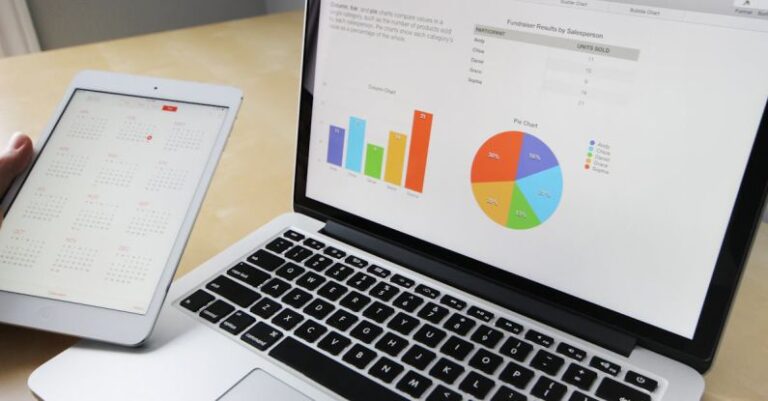
In the fast-paced world of data science, having the right tools at your disposal can make all the difference in extracting meaningful insights from complex datasets. With a plethora of options available in the market today, it can be overwhelming to determine which tools are truly indispensable for data scientists. In this article, we will delve into the top tools that every data scientist should have in their toolkit to streamline their workflow, enhance productivity, and drive impactful decisions.
Python: The Swiss Army Knife of Data Science
Python has emerged as the de facto programming language for data science due to its versatility, readability, and extensive libraries tailored for data analysis and machine learning. With libraries like NumPy, pandas, and scikit-learn, Python allows data scientists to efficiently manipulate data, perform statistical analysis, and build predictive models with ease. Its intuitive syntax and robust ecosystem make it a go-to tool for data wrangling, visualization, and modeling tasks, making it an essential tool in the data scientist’s arsenal.
R: The Statistical Powerhouse
R is another powerhouse in the realm of data science, renowned for its statistical capabilities and visualization tools. With a vast array of packages such as ggplot2, dplyr, and caret, R empowers data scientists to perform complex statistical analyses, create captivating visualizations, and develop sophisticated machine learning models. Its focus on statistical rigor and data visualization makes it an invaluable tool for exploring data insights and communicating findings effectively to stakeholders.
Jupyter Notebooks: The Collaborative Workspace
Jupyter Notebooks have revolutionized the way data scientists write and share code, enabling them to combine code, visualizations, and narrative text in a single interactive document. This versatile tool supports multiple programming languages, including Python, R, and Julia, allowing data scientists to seamlessly iterate on their analyses, share insights with colleagues, and create compelling reports. Its interactive nature fosters collaboration and transparency within data science teams, making it an essential tool for enhancing productivity and fostering innovation.
SQL: The Language of Data Manipulation
Structured Query Language (SQL) is a fundamental tool for data scientists to interact with relational databases and extract valuable insights from structured data. With SQL, data scientists can write queries to retrieve, manipulate, and analyze data efficiently, enabling them to uncover patterns, trends, and anomalies in large datasets. Its ability to handle complex joins, aggregations, and subqueries makes SQL an indispensable tool for data wrangling, data cleaning, and exploratory data analysis, empowering data scientists to extract actionable insights from diverse data sources.
TensorFlow: The Deep Learning Framework
TensorFlow has emerged as a dominant framework for building and deploying deep learning models, enabling data scientists to develop cutting-edge solutions for complex tasks such as image recognition, natural language processing, and reinforcement learning. With its powerful APIs and scalable architecture, TensorFlow simplifies the process of designing neural networks, training models on large datasets, and deploying them in production environments. Its versatility and performance make it a top choice for data scientists seeking to leverage the power of deep learning in their projects.
Conclusion: Empowering Data Scientists with Top Tools
In the dynamic field of data science, having the right tools can significantly impact a data scientist’s ability to extract insights, make informed decisions, and drive business outcomes. From versatile programming languages like Python and R to collaborative environments like Jupyter Notebooks and powerful frameworks like TensorFlow, each tool plays a crucial role in streamlining workflows, enhancing productivity, and unlocking the full potential of data science projects. By leveraging these top tools, data scientists can navigate the complexities of data analysis, modeling, and deployment with confidence, empowering them to deliver impactful solutions that drive innovation and drive success.





